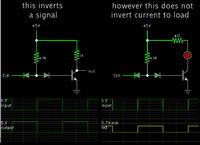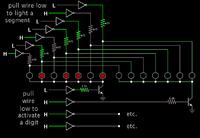neazoi
Advanced Member level 6
I would like to make this project
http://elm-chan.org/works/cmc/cmc.png
but I have common cathode displays like these **broken link removed**
how can I do this please?
http://elm-chan.org/works/cmc/cmc.png
but I have common cathode displays like these **broken link removed**
how can I do this please?

